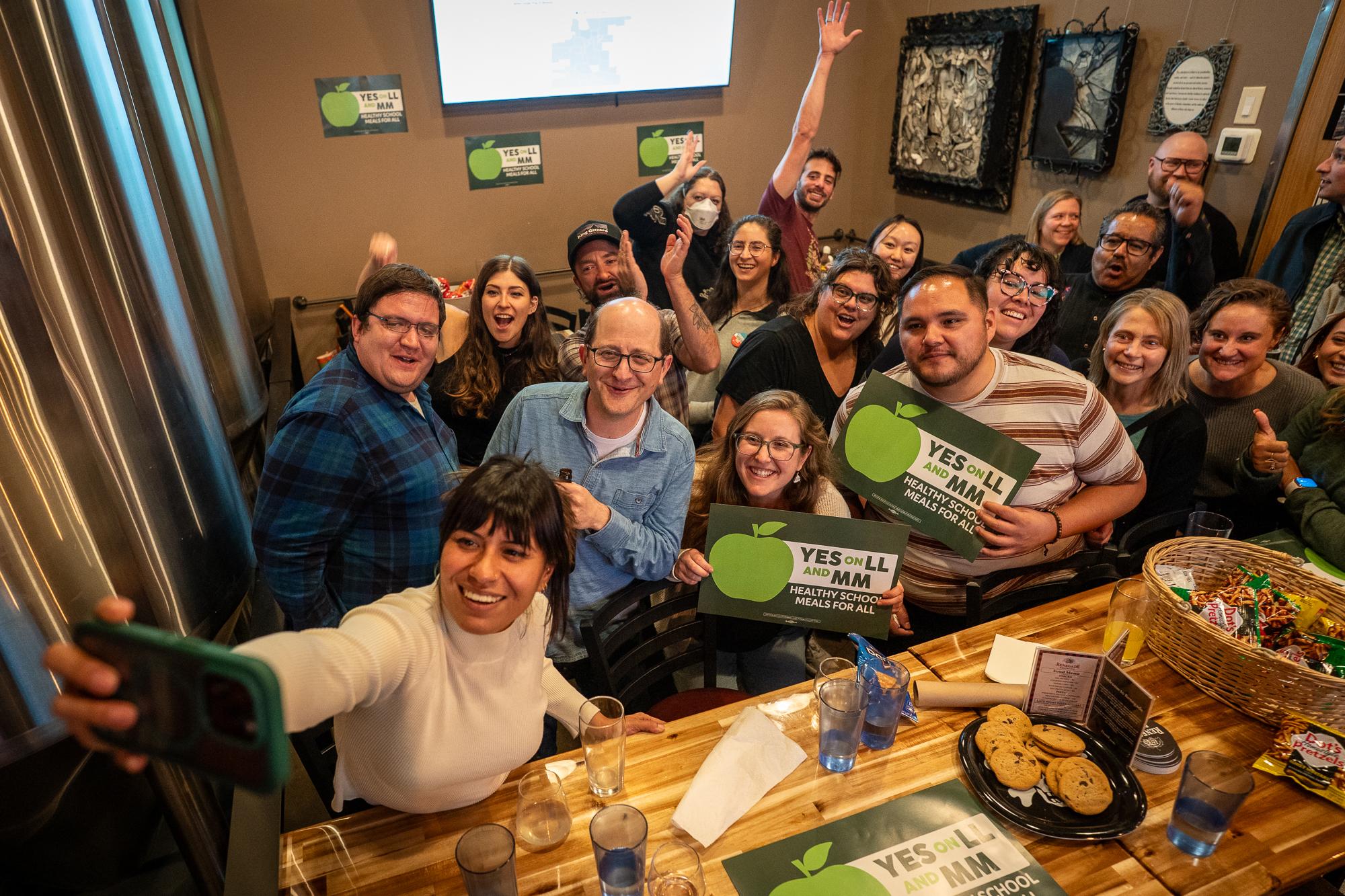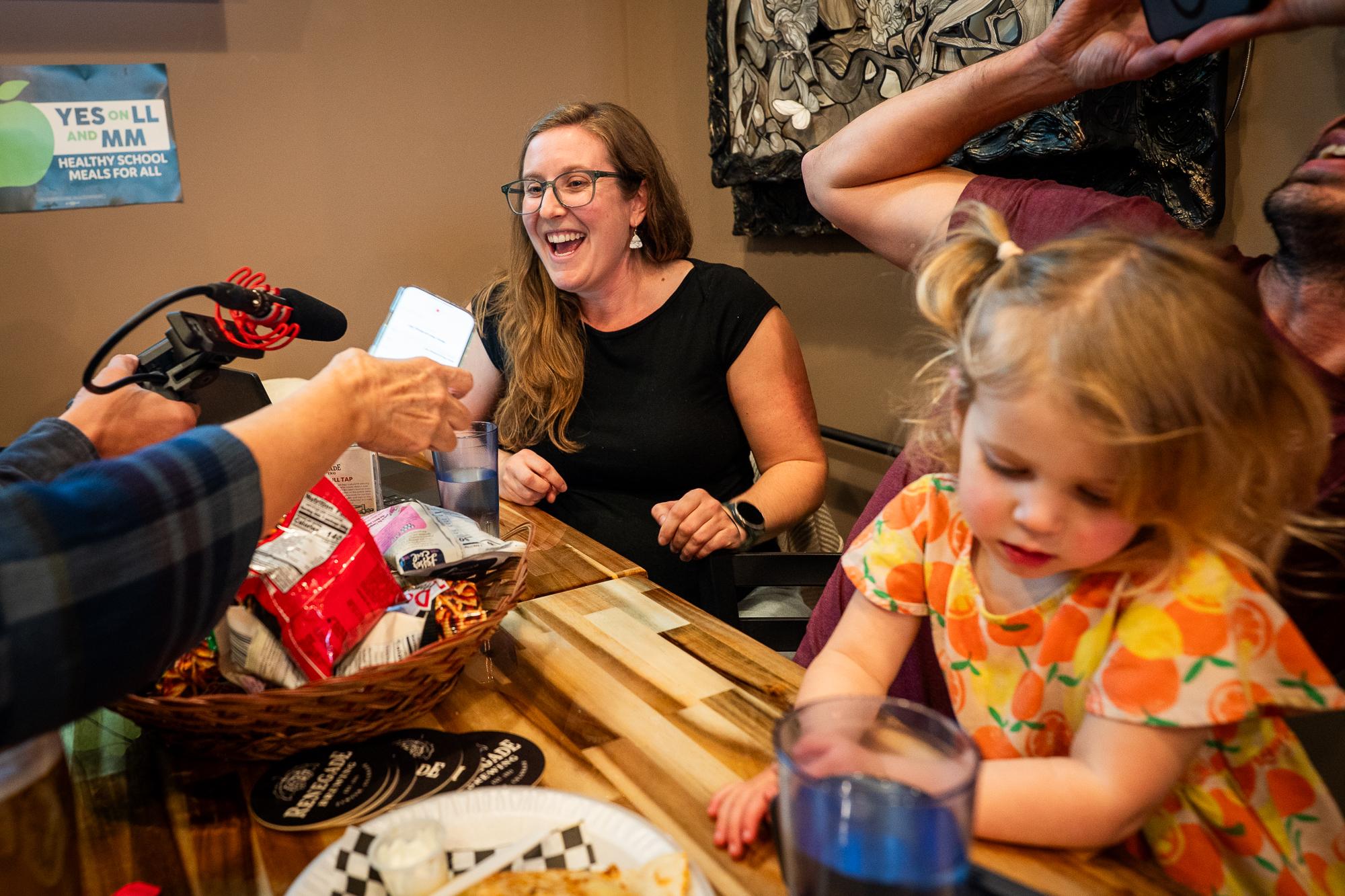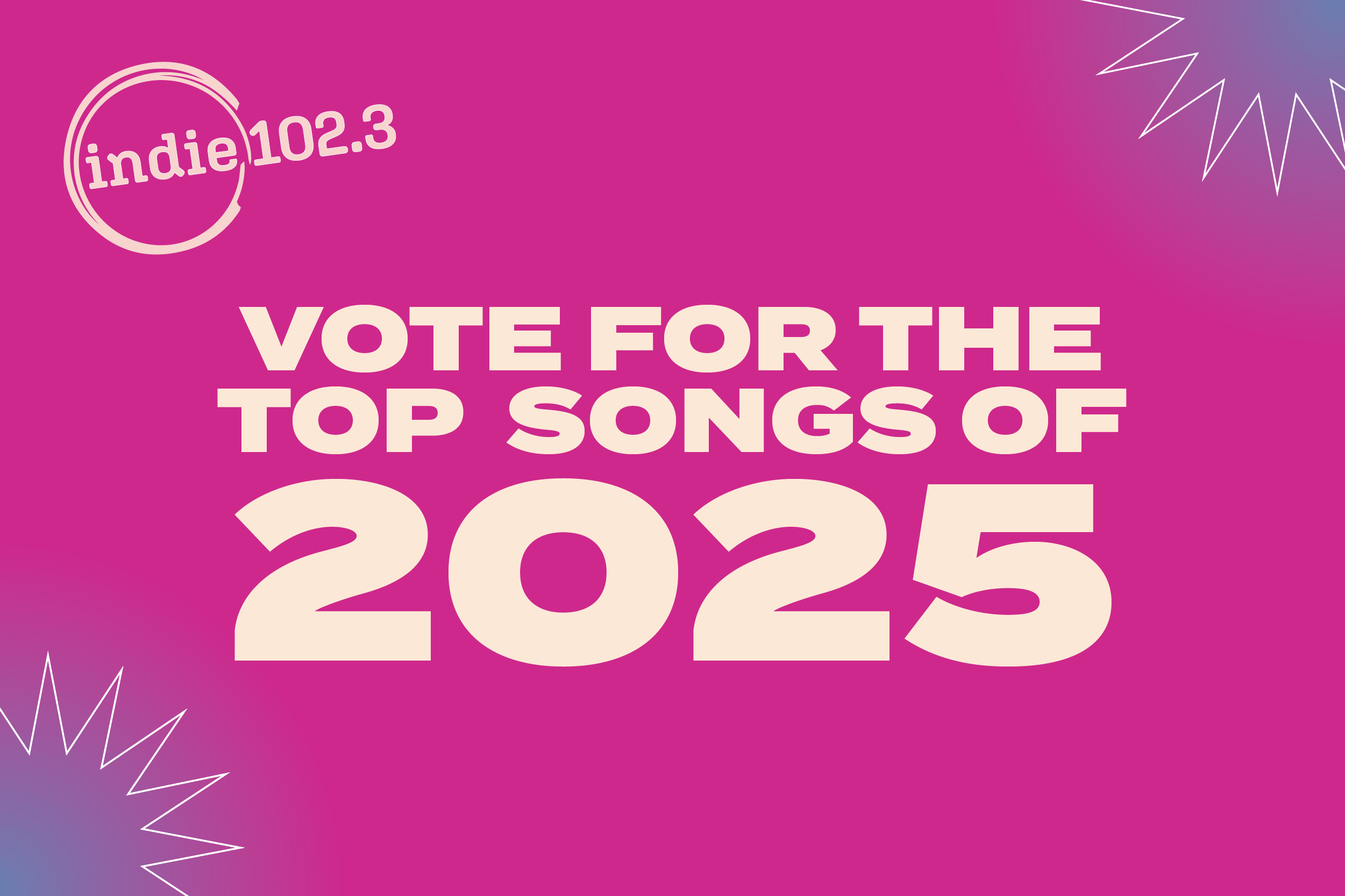
Updated at 7:18 a.m. on Wednesday, Nov. 5, 2025.
Preliminary returns show Colorado’s Proposition LL with a commanding lead, while Proposition MM is also ahead, but by a smaller margin.
The two ballot measures would fund free meals for all public school students, give raises or stipends to cafeteria workers and provide grants to schools to purchase fresh ingredients from local farmers.
If there’s money left over from the taxes the two measures bring in, the funding could help shore up the SNAP program, also known as food stamps, for low-income families in the face of federal cuts.
As of 7:15 a.m. on Wednesday, Proposition LL was ahead by 29 points, while Proposition MM had a smaller, 17-point lead. Both leads widened slightly overnight.
“We're relieved that Colorado kids will continue to have access to free meals at school,” said Anya Rose with Hunger Free Colorado. “I think that hunger is top of mind for a lot of people right now, and it's really visible for people. And we know that this is an incredibly popular program that is more important, now than ever, since there are so many people struggling to make ends meet and resources have fallen through for a lot.”

Voters initially approved the Healthy School Meals for All program three years ago, paid for by higher taxes on the wealthiest Coloradans. Under the change, households with adjusted gross incomes of $300,000 can no longer deduct as much of the money they pay in federal taxes from their Colorado taxable income.
So far, the tax has brought in more money than the state originally told voters it would, so Proposition LL lets the state keep that excess — around $12 million — instead of refunding it.
Proposition MM raises an additional $95 million by further limiting deductions for wealthier Coloradans, who would pay an average of $480 more a year. That’s roughly 200,000 households, or six percent of Colorado taxpayers. The added money would pay for everything promised by the original ballot measure: universal free school meals, fresh, local products on cafeteria menus, and giving cafeteria workers a raise.
The ballot measures were backed by Hunger Free Colorado, which contributed to an issue committee, Keep Kids Fed, which raised more than $725,000. There was no organized opposition against the two measures registered with the Secretary of State, although the Colorado GOP and conservative groups sent out messages against it.
‘I really would like other kids not to have to go through that’
The goal of the Health School Meals program wasn’t just to eliminate hunger. Those who spearheaded the measure said making school meals free for everyone takes away the stigma about the lunch line. They didn’t want kids to feel embarrassed or singled out for getting a free lunch — or for falling behind on payments.
Several Coloradans who voted yes recalled the stigma they faced in school cafeterias.
“I was one of those children that needed the free and reduced lunch, and I hated it, and so I like the idea of it just being available to all children equally,” said Jacqueline Beltran in the University Hills neighborhood of Denver. “For me, the most important job as an adult is to take care of the society that's coming up behind me.”
Betsy Hayes, voting at Denver’s Eisenhower Recreation Center, remembers the cruelty her own children faced from other students for getting free lunch.
“It was very embarrassing for them and stigmatizing to them, and I really would like other kids not to have to go through that,” she said.

School officials have reported more students who used to skip meals are eating cafeteria lunch now, especially those whose families would not qualify for federal free and reduced-price lunch but perhaps still struggle to pay bills. Supporters estimate the program is saving families around $1,250 a year per child.
Cassie Chilsom said though wealthier Coloradans are paying for the program, they also stand to benefit.
“Rich people, they want a safer place to live … and the way that they get a safer community … outside of their larger homes, is seeing to the health and welfare of that community.”
The measures also had the support of more than 100 nonprofit organizations, including farm and food groups. Dr. Lisa DeCamp, with Children’s Hospital Colorado and medical director of Resource Connect, said it’s a crucial time for children to be able to count on a nutritious meal at school, as families deal with inflation and reduced benefits.
“We know affording food has been a hardship for low-income families in Colorado for a long time, and so the current issues with SNAP may exacerbate that.”
‘I would rather money be collected to feed students who need it’
Critics described the propositions as an example of government overreach and warned that voters needed to weigh the free meal program against other state priorities during a budget crunch.
Some voters who oppose Proposition MM worry the Healthy School Meals program could grow out of control and set unrealistic expectations for school meals. Others questioned giving free meals to kids whose families can afford to pay for them, or prioritizing free meals in general when the state is cutting funding for Medicaid.
One teacher, who asked not to be named for fear of backlash, said the program sets a bad precedent in general but is most disturbed by the amount of wasted food she sees daily, especially at the high school level.
“I would also like to see healthier options,” she said. “Students are given high-carb meals for breakfast to save costs. I would rather money be collected to feed students who need it and improve the quality, especially breakfast in Title One schools.”
Gary Diamond, who voted against the measures, said they are an example of “big government” interfering in the realm of families.
“It's taking away the responsibility for people who should have the responsibility in the first place.”
Will Rutledge voted yes on Prop. LL because he doesn’t think it would be worth the administrative cost to give individual refunds of around $64 back to high-income earners. But he voted no on Prop. MM because he doesn’t believe a tax should target just one segment of the population.
“If you're going to issue a tax, it needs to tax the full population that has the benefit of it,” said Rutledge.
How the measures ended up on the ballot
Three years ago, Colorado became one of the first states in the nation to pass a ballot measure to provide free meals to all children in public school.

But the Health School Meals for All measure ran into some snags. The tax it created was supposed to be enough to cover free meals for all students, as well as help schools deal with cafeteria worker shortages and buy Colorado products. But the funding fell short from the start; there has been enough money to fully cover the free meals for all, and the other two components have never gone into effect.
Why?
Free school meals have proved to be more popular than expected, possibly in part because the program went into effect during peak food inflation, at a time when families were struggling to cover their grocery budgets.
Currently, the program feeds about 600,000 students statewide. That’s 100,000 more students eating lunch and 50,000 more getting breakfast than before the Health School Meals for All program started in the fall of 2023. Overall, Colorado has seen about 30 percent more kids eating lunch in school cafeterias statewide.
- What to know about Colorado’s free school meals program
- Key Colorado lawmakers want to keep free school meals for all students despite budget shortfall
- Ballot measures funding ‘Healthy School Meals for All’ will head to voters in November
- Teachers, farmers, advocates urge Colorado voters to approve new funding for school meals and food stamps
- Colorado’s free school meal program feeding more students than expected, creating a big gap in funding








